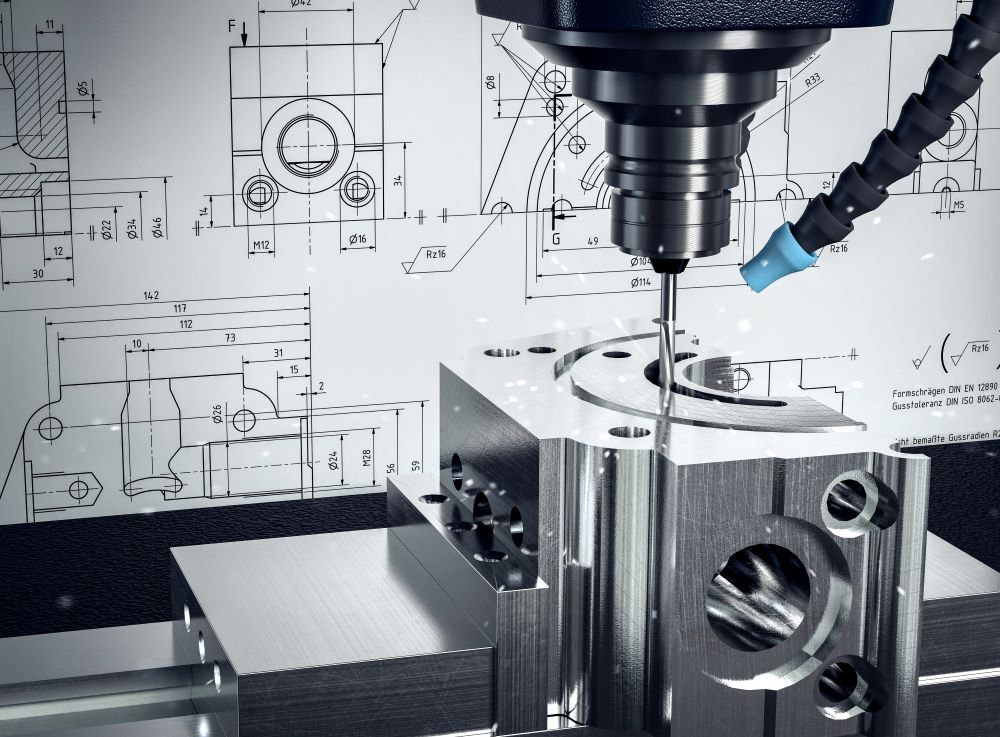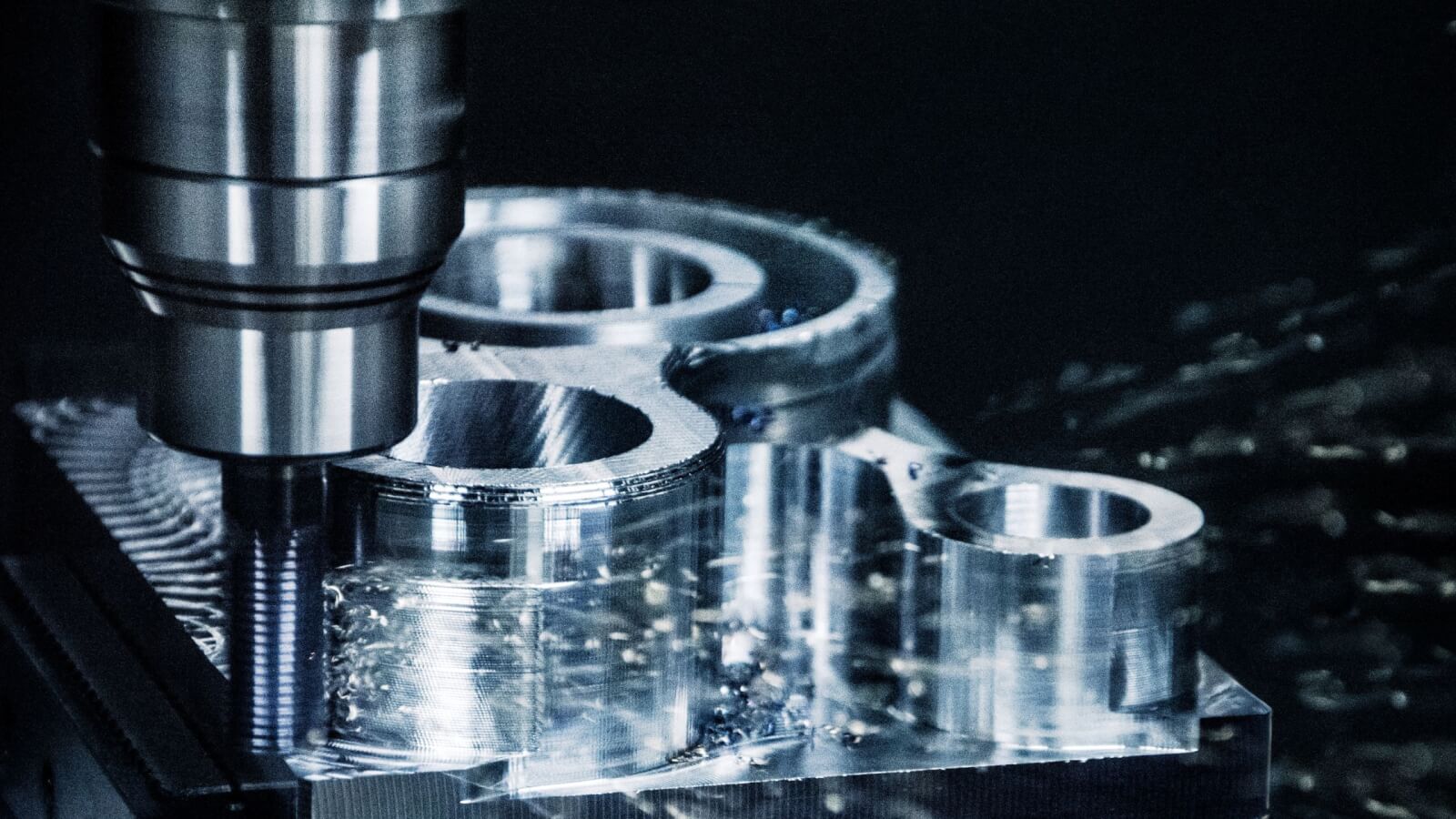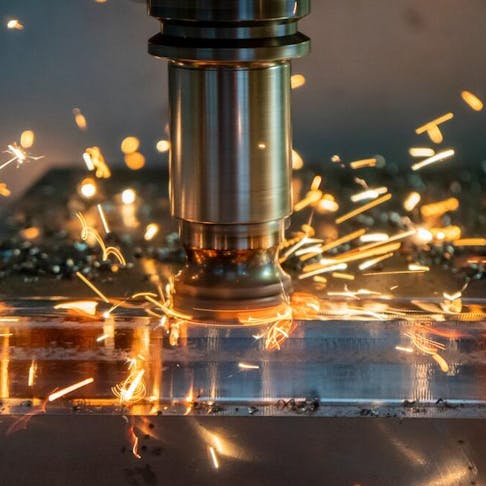Unveiling the Ins And Outs of Bolts and Machining Procedures for Optimal Performance
In the realm of engineering and production, the selection of bolts and the intricacies of machining procedures play a pivotal duty in figuring out the best performance and toughness of a product. From the seemingly straightforward job of choosing the best sort of bolt to the complex precision machining strategies utilized, every action in this process needs meticulous interest to detail. As we start this exploration into the globe of fasteners and machining, we will discover the subtle yet important factors that can dramatically affect the efficiency and high quality of the end product, clarifying the typically neglected facets that can make all the difference in achieving optimal efficiency.

Importance of Proper Bolt Choice
Picking the suitable fasteners is crucial in making certain the architectural integrity and durability of any kind of mechanical setting up. Fasteners play a fundamental duty in holding parts with each other firmly, with the best selection adding significantly to the overall performance and reliability of the setting up. When selecting fasteners, elements such as product compatibility, environmental conditions, load-bearing capability, and convenience of setup should be carefully considered to guarantee optimal efficiency.
Incorrect fastener choice can cause a variety of problems, including helping to loosen, rust, and even structural failing. Utilizing fasteners that are not suited to the details needs of the setting up can compromise its functionality and pose safety and security risks. Developers and designers have to carefully examine the application requires and pick bolts that fulfill or go beyond the necessary requirements and specifications.
In addition, the proper fastener choice procedure entails examining the joint design, prepared for lots, resonance degrees, and prospective thermal expansion or contraction to ensure that the chosen bolts can hold up against the operating problems properly. By focusing on proper fastener choice, suppliers can improve the high quality, resilience, and performance of their mechanical settings up.
Types and Characteristics of Fasteners
A vital aspect of mechanical settings up exists in understanding the diverse kinds and unique qualities of bolts used in different industrial applications. Fasteners are vital elements that hold structures with each other, guaranteeing security and performance.
Screws are threaded bolts that are typically used to sign up with two or even more parts together. Nuts are inside threaded bolts that mate with bolts to hold components together. Washers are slim plates that disperse the lots of a fastener, protecting against damages to the product being fastened.
Comprehending the qualities of each sort of fastener is essential for selecting the appropriate one for a specific application, making certain optimum efficiency and reliability of the mechanical assembly. Fasteners and Machining.
Precision Machining Techniques for Performance
The complex design demands of numerous bolts demand using precision machining methods for optimum effectiveness in making procedures. Accuracy machining is vital in ensuring that fasteners meet the specific specifications needed for their intended application. Among the main strategies made use of in accuracy machining is Computer system Numerical Control (CNC) machining, which allows high levels of accuracy and repeatability in the manufacturing of fasteners. CNC equipments are capable of performing complicated cuts and forming procedures with very little human treatment, causing enhanced efficiency and consistency in the manufacturing procedure.
Along with CNC machining, other precision methods such as grinding, milling, and transforming are generally used to achieve the limited resistances required for bolts. These strategies enable suppliers to produce fasteners with smooth surfaces, exact measurements, and high architectural integrity. By making use of accuracy machining strategies, producers can boost the quality of bolts, minimize product waste, and enhance total manufacturing efficiency. Moreover, the usage of innovative machining processes assists guarantee that fasteners satisfy sector Check This Out requirements and consumer assumptions for performance and dependability.

Elements Affecting Machining Refine Performance
Different variables play a significant role in establishing the performance of machining procedures in the manufacturing of fasteners. The initial crucial element is the option of cutting devices. browse this site Selecting the suitable devices based upon the material being machined, preferred surface, and cutting speeds can greatly impact the efficiency and high quality of the machining procedure. Furthermore, the cutting criteria such as reducing speed, feed rate, and deepness of cut are important variables that affect performance. Fasteners and Machining. Enhancing these specifications based upon the particular needs of the bolt being generated is crucial to attaining accurate and affordable machining.
Device rigidity and security likewise play a crucial role in figuring out machining process performance. An experienced operator can make real-time adjustments, troubleshoot concerns efficiently, and guarantee that the machining procedure runs smoothly, ultimately affecting the final quality of the bolt.

Quality Assurance Steps in Manufacturing
Variables affecting machining process efficiency, such as cutting device selection and maker stability, directly impact the application of quality assurance actions in manufacturing. Quality assurance measures are vital in ensuring that products fulfill the needed requirements and standards. In the production procedure, various techniques are employed to preserve high quality requirements. Evaluation and testing play an important function in identifying any kind of inconsistencies from the wanted end result. Normal upkeep of machining tools is additionally essential to promote quality assurance. Calibration of equipments and devices is necessary to ensure accurate and precise production processes. Furthermore, implementing standardized operating treatments and protocols can assist in keeping uniformity and high quality throughout the assembly line. Quality control gauges not only concentrate on the end product yet also on every phase of the production procedure to prevent mistakes and issues. By adhering to rigorous high quality control steps, suppliers can improve client contentment, build a track record for integrity, and eventually attain optimal performance in their machining processes.
Conclusion
Finally, choosing the appropriate bolts and utilizing precision machining strategies are crucial for optimal performance in producing procedures. Understanding the kinds and characteristics of bolts, in addition to aspects affecting machining procedure performance, can lead to enhanced performance and top quality control procedures. By paying attention to these ins and outs, makers can attain higher degrees of performance and dependability in their items.
In the world of design and manufacturing, the choice of bolts and the intricacies of machining processes play a pivotal function in determining the best efficiency and longevity of an item (Fasteners and Machining). One of the key strategies utilized in precision machining is Computer Numerical Control (CNC) machining, which allows high look here degrees of precision and repeatability in the production of fasteners. The use of innovative machining processes helps ensure that bolts meet sector requirements and consumer expectations for performance and dependability
In conclusion, choosing the right fasteners and utilizing precision machining methods are crucial for ideal performance in making procedures. Comprehending the kinds and characteristics of bolts, along with elements influencing machining procedure performance, can lead to improved performance and top quality control steps.